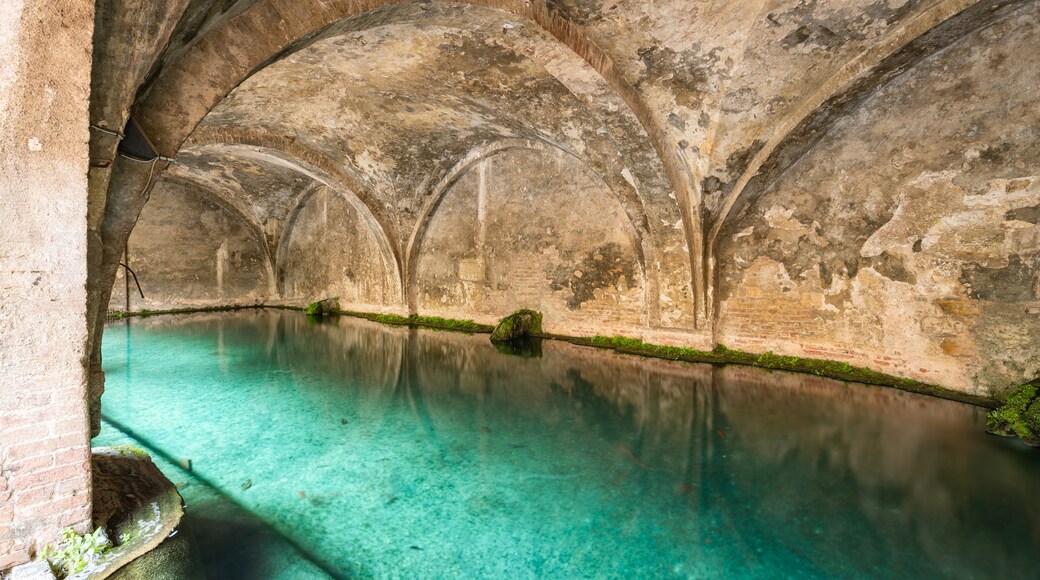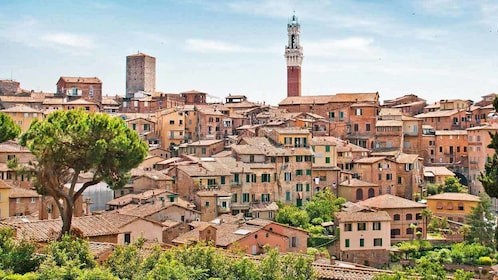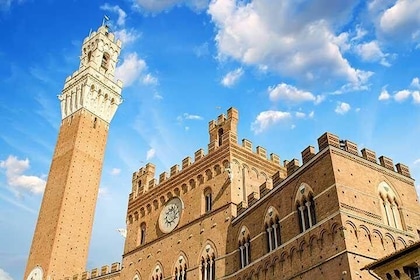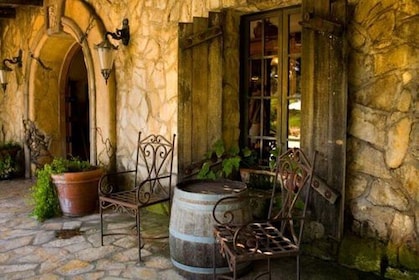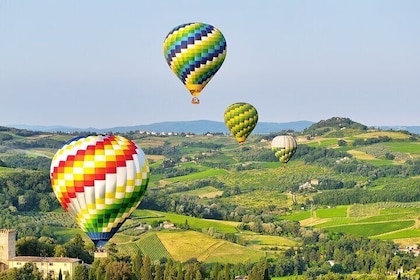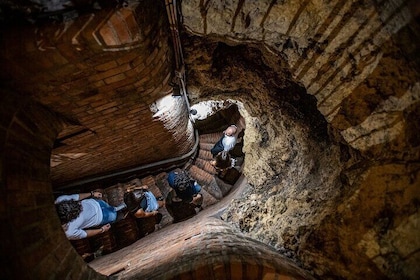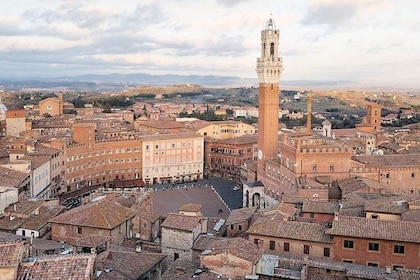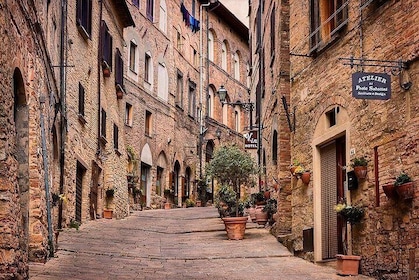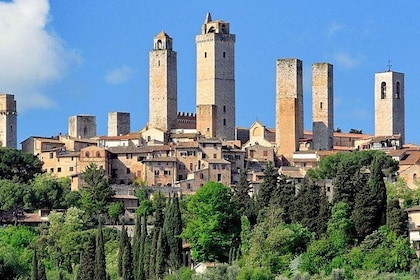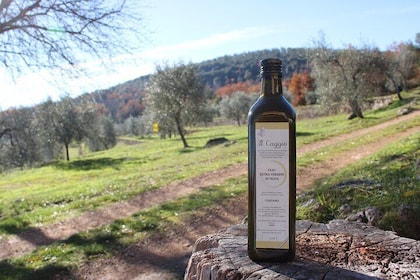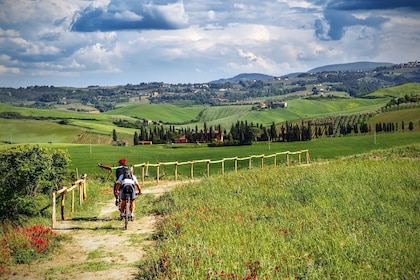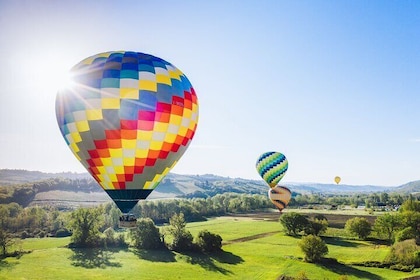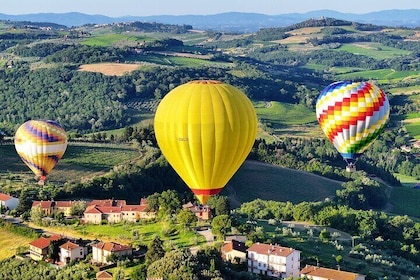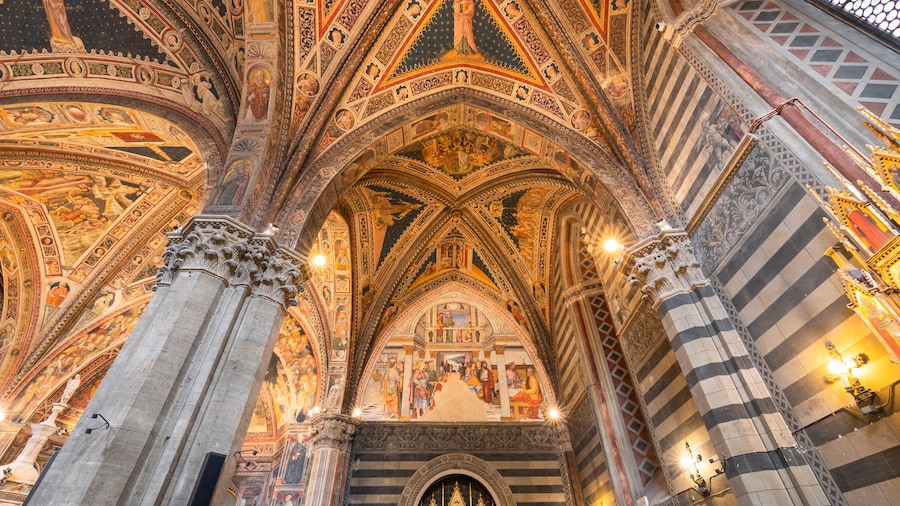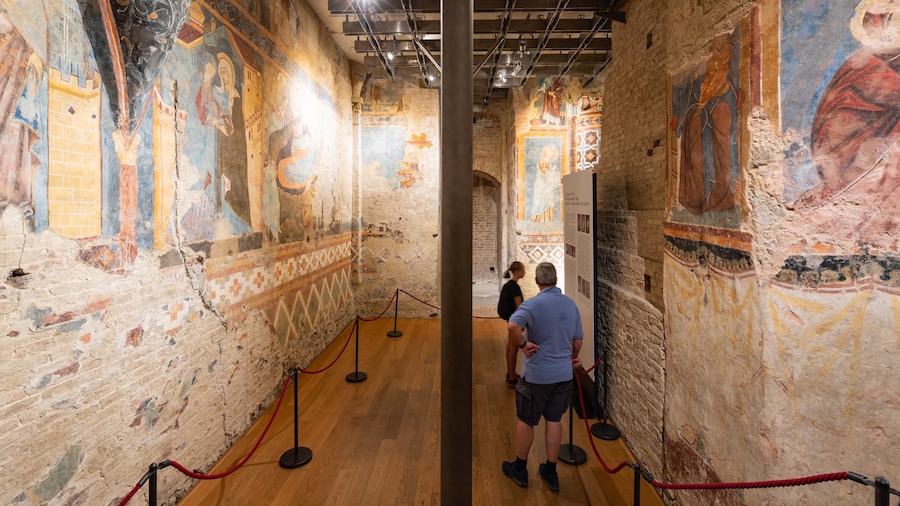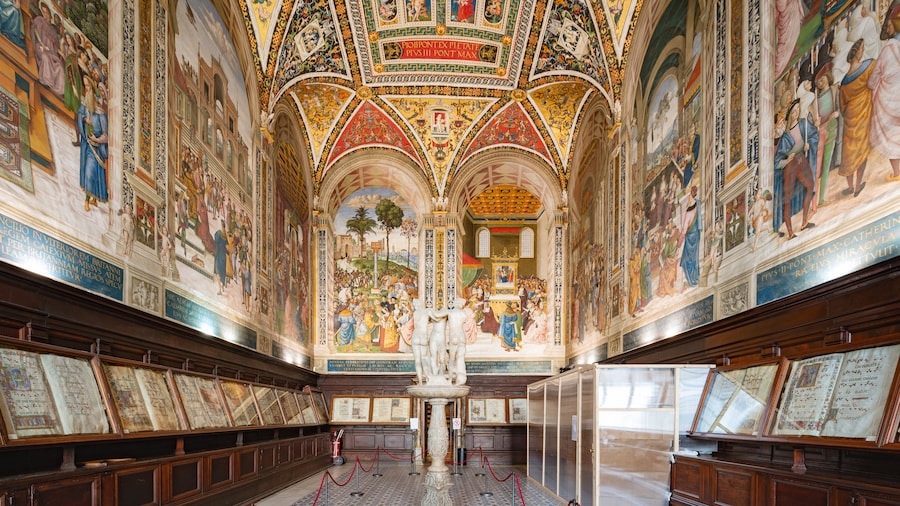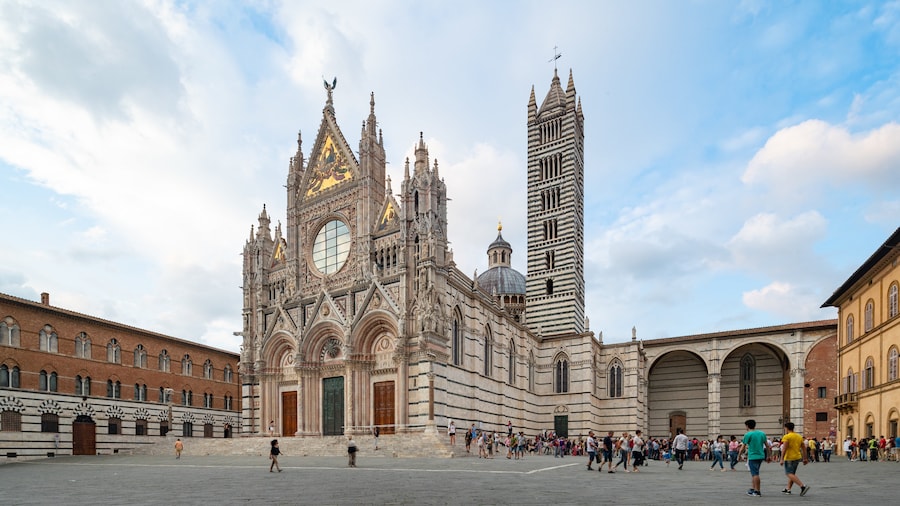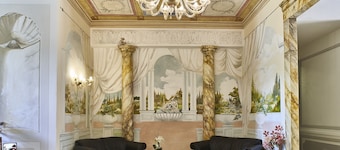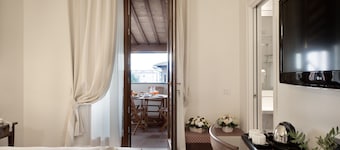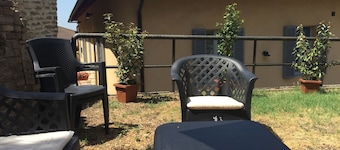Once a centre of social and economic life, this monumental 13th-century public fountain is a snapshot of the world of medieval Siena.
The Fontebranda was once not only an architectural marvel, but also a source of water for thousands of people living in the adjacent working-class district. Visit the Fontebranda to appreciate its huge size and impressive gothic architecture and to get a sense of what life was like in medieval Siena.
The current structure was built in 1246 as a way to get water to the woolworkers, tanners and dyers who made their wares in the neighbourhood that would eventually become known as Fontebranda. The fountain quickly became an icon of the city, so much so that Dante mentions it in the Divine Comedy.
First notice the scale of the fountain, which stands out even in the fountain-rich city of Siena. Each basin was filled by the city’s underground tunnels, called bottini, which delivered water from the countryside, as much as 15 miles (25 kilometres) away. See how each basin is divided, with the first basin for drinking, the second for animals and the third for washing clothes. Imagine the district’s people coming up the hill for all their water needs, from a drink of water to water for bathing.
Step back a bit to gaze at the fountain’s crenellated roof, which makes it look almost like a castle. Sit by the basins and listen to the soft sound of the water. Look for the flash of colour as golden carp swim by, new additions since the invention of indoor plumbing has allowed the fountain to let go of its more practical functions.
The Fontebranda is located below the Basilica di San Domenico, a bit northeast of the centre of Siena. Walk from the Piazza del Campo in 4 minutes or from the Duomo in 6 minutes. Take the bus from the train station in 15 minutes, including an 8-minute stroll, or walk here directly in about 25 minutes. A metered three-story garage dedicated for basilica parking is located nearby.
Visit the fountain at any hour, though most art and sound installations take place only during the regular business day.
